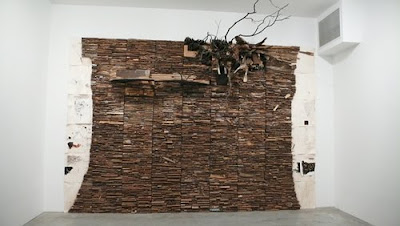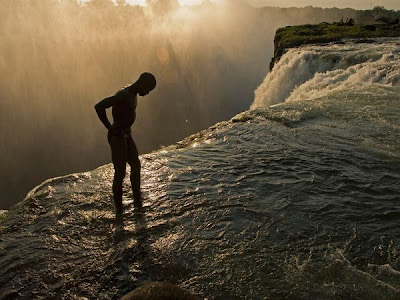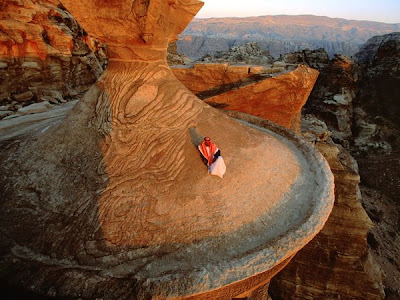May 5- August 15, 2010
Iris and B. Gerald Cantor Exhibition Hall, 2nd floor
Metropolitan Museum of Art
"It explores developing perceptions of the modern American woman from 1890 to 1940 and how they have affected the way American women are seen today. Focusing on archetypes of American femininity through dress, the exhibition reveals how the American woman initiated style revolutions that mirrored her social, political, and sexual emancipation."
"American Woman: Fashioning a National Identity" provides a journey through the history of female fashion in America. Each room of the exhibit surrounds the viewer in a different era: The Heiress, The Gibson Girl, The Bohemian, The Patriot and The Suffragist, The Flapper, The Screen Siren, and ending with a room of "The American Woman," with images and videos of the most recognizable American faces. I think this exhibit is fascinating and a wonderful tribute to women in America, past and present.
To whoever created the hair for the mannequins (each style perfectly reflecting the time period): you are amazing.
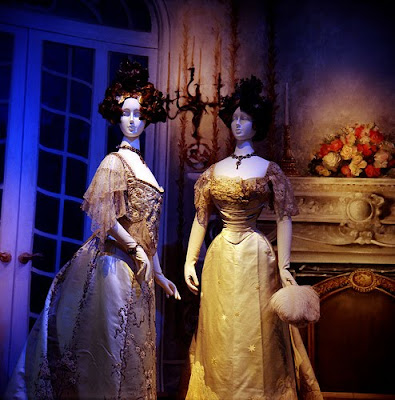
Look at the gorgeous painted backgrounds! The backgrounds in each room were inspired my a different mansion or structure of the time period. The walls were painted beautifully. Can I have that job? Please?

My favorite era was the 1900s "Bohemian" (those of you who know me are unsurprised). Where can I buy clothes like these?
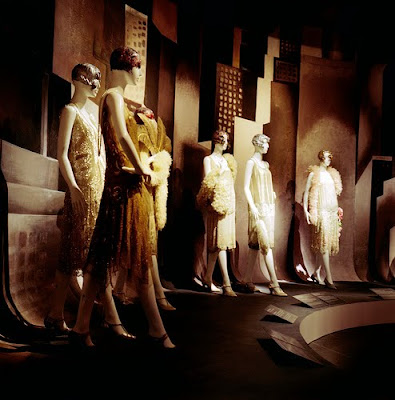
I was at the exhibit with my lovely grandmother, who has always told me that her mother was the epitome of a flapper in the 1920s. She pointed to one of the dresses in this section and told me that my great-grandmother's wedding dress looked just like it.

This room also had old black and white videos playing of some of the most famous "screen sirens" of the 1930s. The classiest, swankiest women in history.
GO SEE IT! And make sure you read the descriptions of the time periods. If you won't be able to go before August 15, at least watch this video from the Met website.It takes you through each section of the exhibit, audio and all. But I must tell you, it it nothing like experiencing it in person.
(I recommend looking at the "behind the scenes" images as well, documenting the installation process.)
images from the Metropolitan Museum Flickr.







